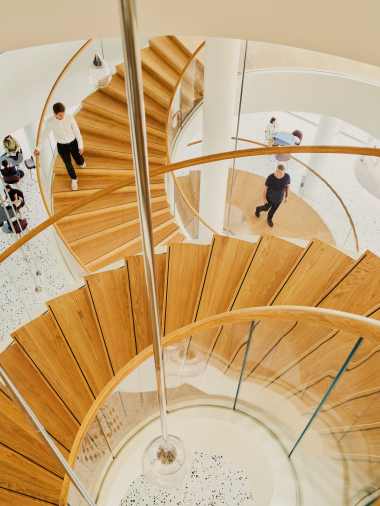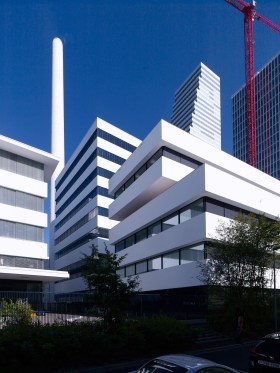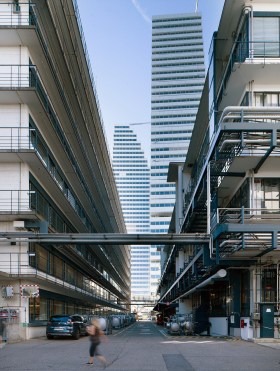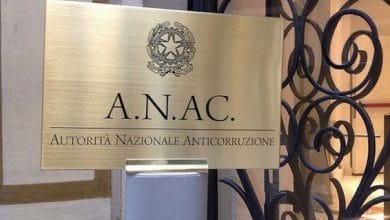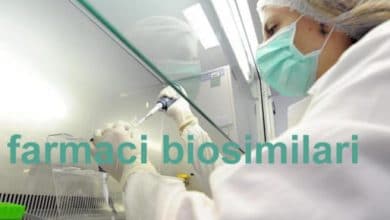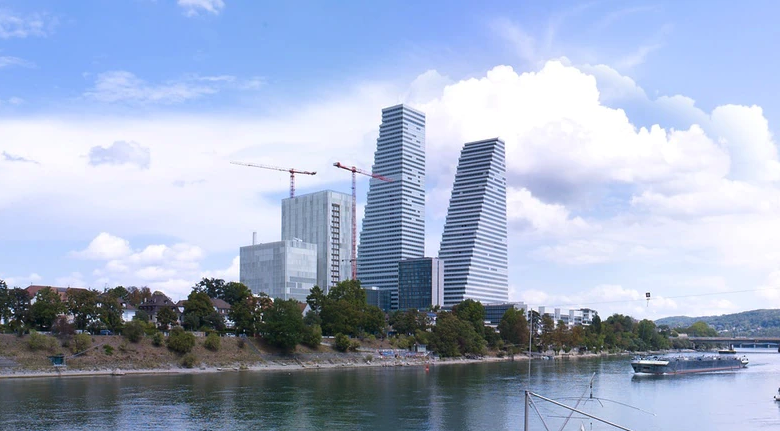
Why densify cities with offices? The organization of work is changing, and perhaps soon we won't need it anymore. An analysis of the debate in Switzerland.
swissinfo 05 February 2023 – Sabine von Fischer
Called "Building 2" (Bau 2) The 205-metre-high tower that rises above the roofs of Basel like a giant shark's fin emerging from the waters of the Rhine "is one of the most sustainable office skyscrapers in the world," wrote the pharmaceutical company Roche at the inauguration last September. Adjectives, even superlatives, abound in the company's description of the new building: "the most sustainable, the tallest, white and elegant".
What is surprising is that all public announcements have focused on sustainability and not on the height record. The building cost 550 million francs and offers Roche employees 3,200 workplaces on 50 floors. The fact that it is also the tallest skyscraper in Switzerland is mentioned almost as a sideline.
At a time when only part of the work has to be done on site, it is surprising that two giant office towers have been built and a third is in the planning stages.
With so many employees able to work remotely and online, the question of sustainability arises in a whole new way: wouldn't it be more sustainable to limit travel to a minimum and only go to the office for specific activities? For example, for those rare meetings where face-to-face contact is preferable to video conferencing.
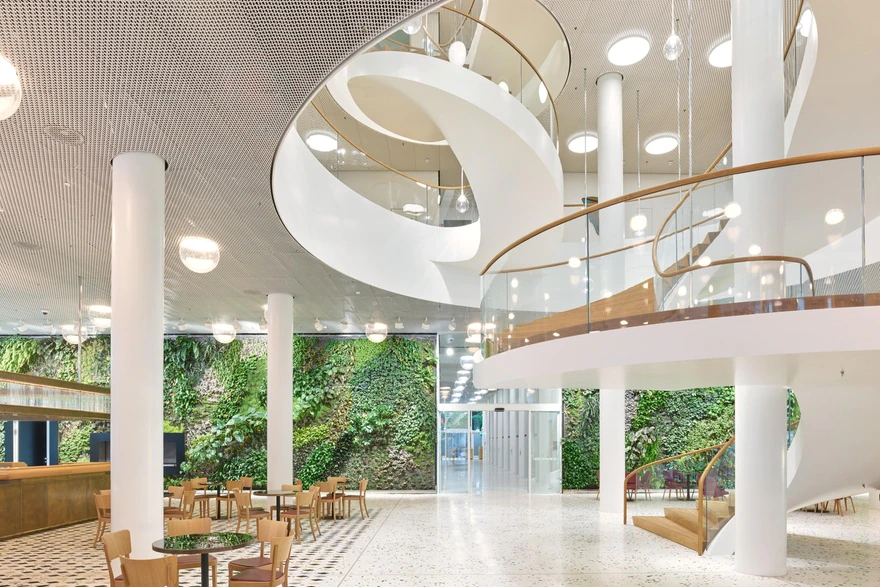 A green wall designed by botanist and landscaper Patrick Blanc adorns the ground floor of Building 2.
A green wall designed by botanist and landscaper Patrick Blanc adorns the ground floor of Building 2.
Labor specialists have long argued, even since before the coronavirus, that working from home or from a cabin in the mountains can be productive. The pandemic has given a huge boost to the development of new concepts for workspaces. Working from home without long commutes has become an integral part of daily life. For many people, the home office has also been a must.
While this was happening, Roche's office tower was under construction. Construction sites where beams and walls were raised to dizzying heights still followed pre-pandemic rules.
The recipe for sustainable construction is mainly defined by modern building technology and the conscious choice of materials. The replacement of the ubiquitous concrete with wood is still very rare, even in small buildings. However, for construction and maintenance, industry can no longer avoid using resources less and better.
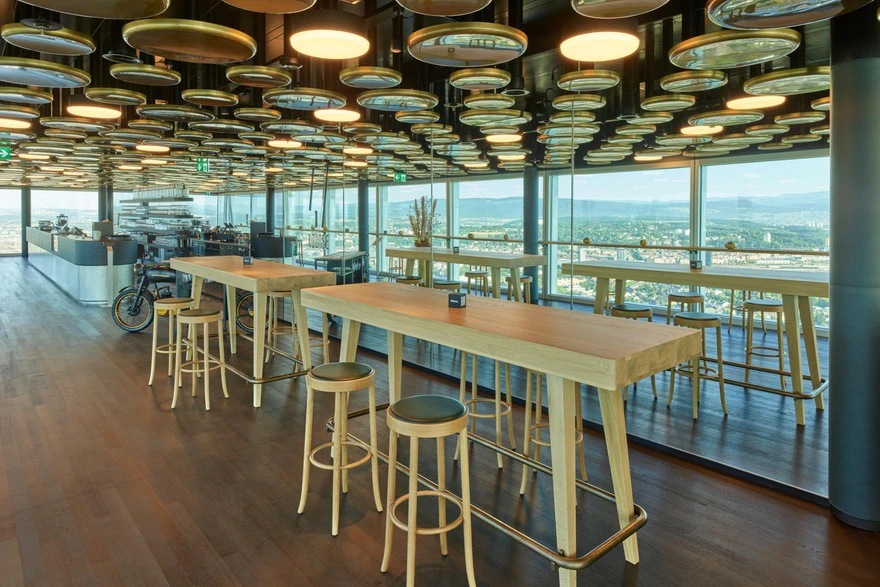 From the canteen on the top floor of Building 2 there is a nice view.
From the canteen on the top floor of Building 2 there is a nice view.
Surpass the twin
Roche's Building 2 is not the company's second building, but the second to break the Swiss height record. The first is its "twin", which is located right next door.
Equally white and similar in shape, it is a little lower, “only” 178 metres. The previous holder of the title, the Prime Tower in Zurich, was the tallest building for five years at 126 metres.
The number of meters by which these buildings have exceeded the so-called limit to be defined as “skyscrapers” – 25 meters in most Swiss cities – is impressive. It is not surprising that their construction has created an uproar and excitement. After a few months, however, people got used to it and things calmed down, as we saw in Zurich and Basel.
Who still goes to the office?
By now, it is not the new look of the skyline that is causing discussion as much as the internal life of the skyscrapers. This type of building appears to be in decline. It is true that, on the one hand, companies want to save on floor space and, on the other hand, employees like to have a chat in person from time to time – but everything else can be done just as well, if not better, by home. So what will offices be used for in the future?
The office will be more like a club, according to Nora Fehlbaum, CEO of legendary design company Vitra. In "Club Offices", as in chess, football or debating clubs, it is about interaction and identification. In its facilities, the company distinguishes between quiet and active areas, between private and common areas.
Even the interiors of the Roche Towers follow the trend according to which the office should not be conceived as a room that is as quiet as possible. The architects Herzog & de Meuron, who designed the pharmaceutical company's skyscrapers, based the internal design on the concept of "activity based working", born in the United States 50 years ago and which even then suggested replacing the fixed workstation with more flexible forms of organization.
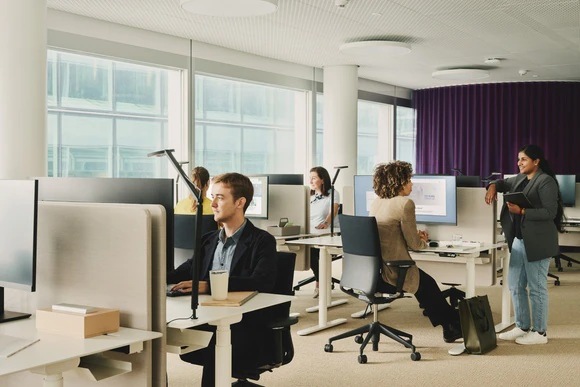 The office is not only for individual work, but also – and above all – for interaction.
The office is not only for individual work, but also – and above all – for interaction.
For many international companies, including Roche, ABW has become the standard for organizing space. No one knows if the numerous offices in the two new towers are being used to the fullest since, according to the Roche press office, "we do not monitor the actual use of the workstations".
In any case, there are thousands. The gross floor area of Building 1 is 74,000 square meters (58,000 used as offices) for 2,000 employees. In Building 2 there are 83,000 square meters (61,500 of offices) for 3,200 male and female employees. The future Building 3, planned to be 221 meters high, could have even more space.
Roche places the emphasis not so much on the number of people as on cohesion: the symbolic aura of these very high towers visible from every corner of the city aims to strengthen identification with the company. Building 2 is, according to the announcement, "the central element for bringing the staff together".
Superlatives are relative
There is no doubt that the hunt for superlatives played a role in the design of these skyscrapers. However, the Basel towers are not the only ones with sustainability records.
The Kunsthaus Zurich expansion project, completed two years ago, also stood out in terms of sustainability, thanks to excellent technical solutions for a building that some people would have preferred to be a little smaller.
The fact that Roche has been bragging about its sustainable building achievements across all channels has aroused a lot of skepticism. The espazium publishing house, which specializes in building culture, criticized Roche for not taking into account the amount "of embodied energy generated in the construction of such a skyscraper and in the demolition of the surrounding buildings".
From skyscraper to club
The discussion on the sustainability of the new Roche towers brings us back to the question: what will happen when the new forms of work no longer need skyscrapers for offices?
The office-club could easily be housed elsewhere. For example, in Roche's smaller and more historically significant buildings, those designed by architects Roland Rohn and Rudolf Salvisberg, now slated for demolition.
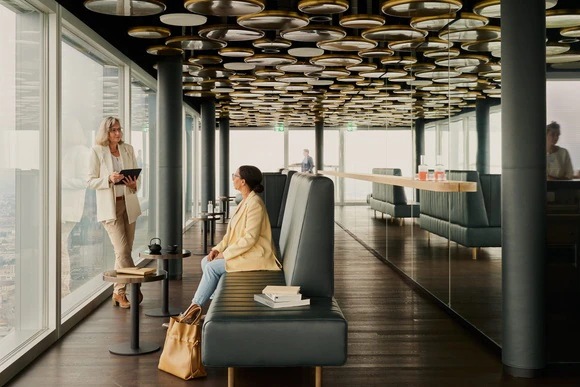 On the 47th floor it really feels like being in an exclusive club.
On the 47th floor it really feels like being in an exclusive club.
The possibility of converting disused buildings into offices is demonstrated, for example, by the PWG Foundation for the Preservation of Affordable Residential and Commercial Space in the City of Zurich. Next year, a 1960s office building in the Leutschenbach district will be converted into a residential apartment building.
The idea is to limit interventions on the building fabric, ie demolishing and building from scratch as little as possible. The conversion is already a challenge with the six-storey building in Leutschenbach. No one can imagine how it could be in the case of the Roche Towers.
The conversion requires great planning skills, but promises good results in terms of building sustainability. The prospects for new superlative records are not great.
Translation: Zeno Zoccatelli

